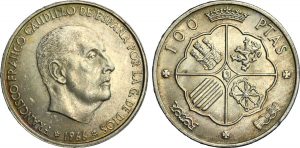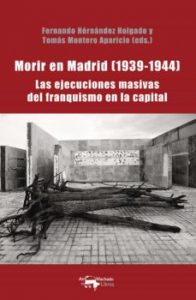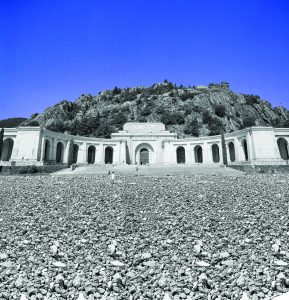In the 1970s, the collapse of the Estado Novo (New State) and the Francoist state took place, two of the longest-lasting dictatorships in the contemporary history of Western Europe. This year marks half a century since the military coup carried out by officers of the Armed Forces Movement (MFA) that overthrew Prime Minister Marcelo Caetano, leading to the Carnation Revolution on 25 April 1974. Next year will mark 50 years since the death of the dictator Francisco Franco on 20 November 1975, who became head of state during the Spanish Civil War (1936-1939) and the beginning of the political shift towards the transition to democracy in Spain.
José Miguel Gastón Aguas and César Layana Ilundain, Navarre Institute of Memory, Government of Navarre
Franco’s secret police. The Political-Social Brigade during dictatorship, by Pablo Alcántara (Planeta, 2022). Reviwed by Ricard Conesa, Historian and project manager at he EUROM , editor of the magazine Observing Memories
Vanessa Garbero reviews the collective book “To Die in Madrid (1939-1944). The Mass Executions of Franco’s Regime in the Capital City”, edited by Fernando Hernández Holgado and Tomás Montero Aparicio

Forty-four years passed between the interment of Franco on 23 November 1975 and his exhumation on 24 October 2019. In Spanish society, a range of feelings have been expressed about the final location of the person who was dictator for four long decades. His death and burial in the Valle de los Caídos (Valley of the Fallen) had a strong impact in the media and in society that was almost paralysing. This was due more to the political consequences Franco’s death would have than to the formal procedure of his funeral. The ceremony within the basilica, which culminated with the placing of a slab engraved with his name and the obligatory protocol, was accompanied outside by Falangists, traditionalists, ex-prisoners, provisional second lieutenants, Legionnaire knights, brotherhoods of fighters, Portuguese Viriatos and members of the Portuguese secret police (PIDE), Romanian iron guards, Croatians, Italian fascists and German neo-Nazis, in a multicolour landscape of blue, black and brown shirts adorned with the medals of Mussolini, Hitler, Salazar and Franco. The monument erected under the direction of Franco with the labour of Republican political prisoners already fulfilled the purpose for which it had been constructed. It housed the embalmed body of Francisco Franco, Caudillo de España por la Gracia de Dios (Leader of Spain, by the Grace of God), as he was called insistently by his entourage of hagiographers from 1939, the end of the Civil War.
Cover picture: The Valley of Cuelgamuros without the cross and the Francoist symbols | Photomontage: Núria Ricart By Jordi Guixé i Coromines, director of the EUROM and professor at the University of Barcelona The memorials to wars, heroes and victories are symbols that seek to perpetuate the past in our lives. An iconic imposition of …
Picture: Detail of the penitentiary file of Celestino García Moreno, peasant of Morata de Tajuña, shot on June 14, 1939, in the walls of the East Madrid cemetery | quieneseran.blogspot By Fernando Hernández Holgado, associate professor at the Department of Contemporary History of the Universidad Complutense de Madrid A historical note Madrid was one …






